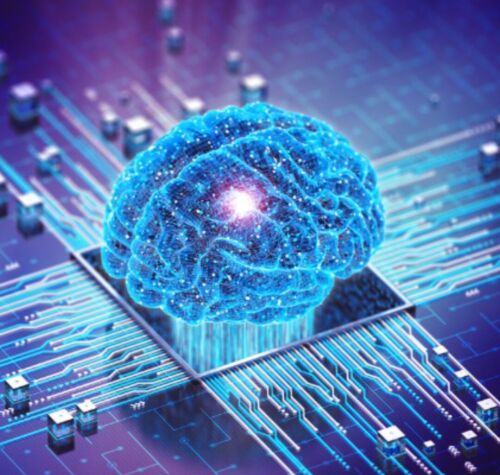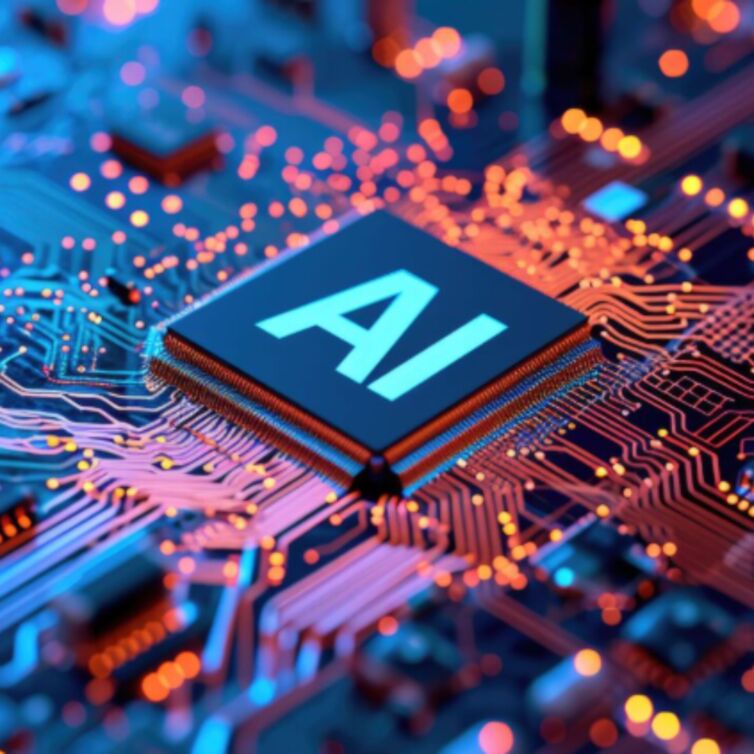Designing for the Future: AI Technology and Infrastructure in Higher Education
The Differences in AI Design | March 20, 2025
Artificial Intelligence is no longer a futuristic concept. It’s here, reshaping industries, redefining education, and driving innovation. At the heart of the AI revolution are colleges and universities who have already introduced AI programming into their curriculum, empowering students to become the next generation of AI innovators.
With the rapid growth of the industry, the need for high-functioning learning environments, supported by adaptable, future-ready infrastructure, is skyrocketing.
The quality of AI-centered telecom systems is a vital part of these facilities. Due to the massive amounts of data being processed, the server racks need a constant cooling mechanism.
The intense demands placed on these specialized racks, the server rooms require a liquid cooling system to manage the significant heat output. Keeping the racks at a certain temperature is imperative to the operations of the building, avoiding any overheating issues.
AI is notorious for slow response times, diminishing its overall value and user friendliness. Utilizing fiber optic cabling enables a lightning-fast connection that cuts through wait times from a standard category cable.
Factors like these can easily improve the functionality of AI research and testing facilities across campuses.
Anticipating a large number of consistent users in the facility, off-site computing centers are utilized to ensure full operational capabilities no matter the size of the campus.
The data from an AI building is typically sent and stored in the facility’s latency rooms, and after some time, when this data is no longer needed, it is off loaded to off-site computing and data centers.
Fiber optics facilitate the rapid and secure data transfer, ensuring that the on-campus AI infrastructure remains optimized for both real-time computing and long-term efficiency.
Beyond infrastructure, the design process itself has evolved to become more collaborative. Unlike traditional academic buildings, AI-centered facilities require a higher level of collaboration between architects, project owners, and technology designers.
Beyond infrastructure, the design process itself has evolved and become much more collaborative.
Due to the newness of artificial intelligence, it’s important to engage in frequent communication, along with proper quality checks.
Like any emerging technology, the design process for AI spaces is always subject to change and will continue to evolve over time.
AI isn’t just a passing trend; it’s the foundation of what’s next. With how quickly artificial intelligence is developing, buildings dedicated to AI learning are beginning to appear on college and university campuses across the country.
The challenge isn’t to keep up, but to stay ahead.






